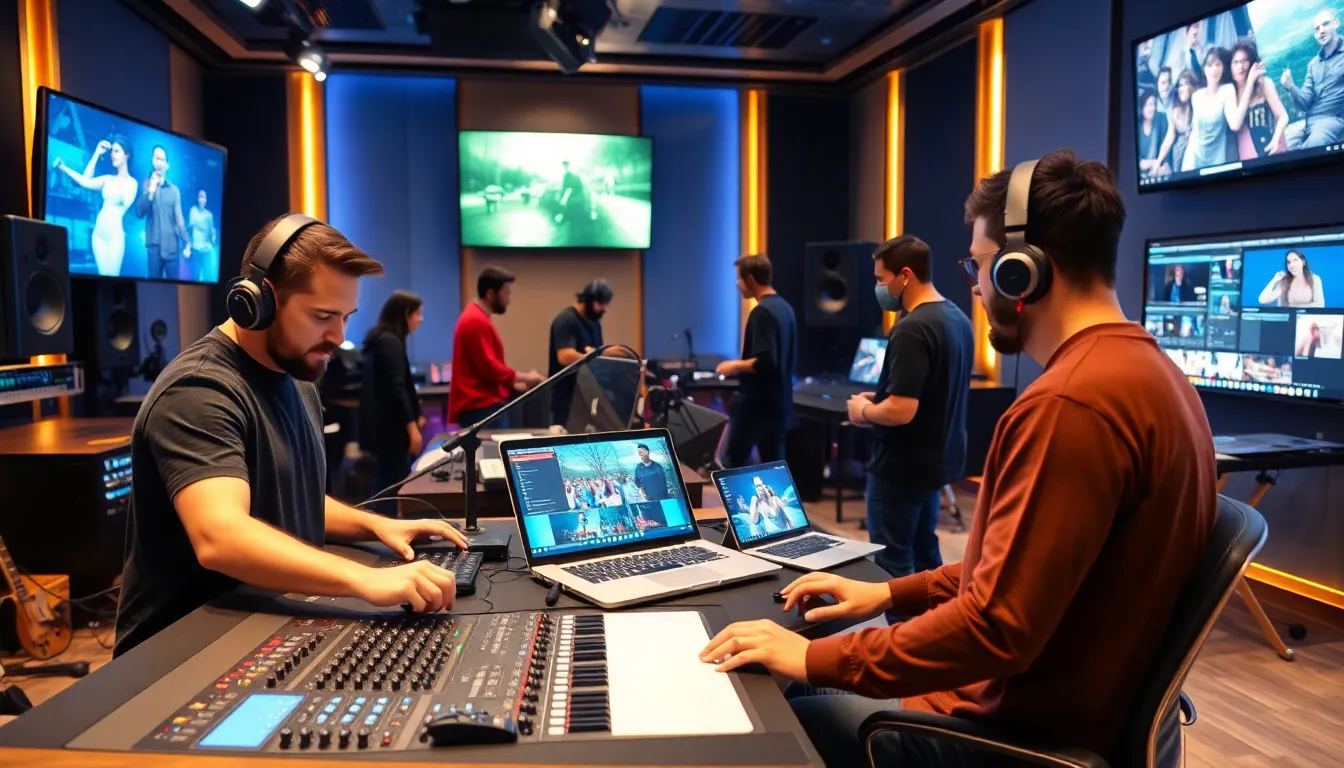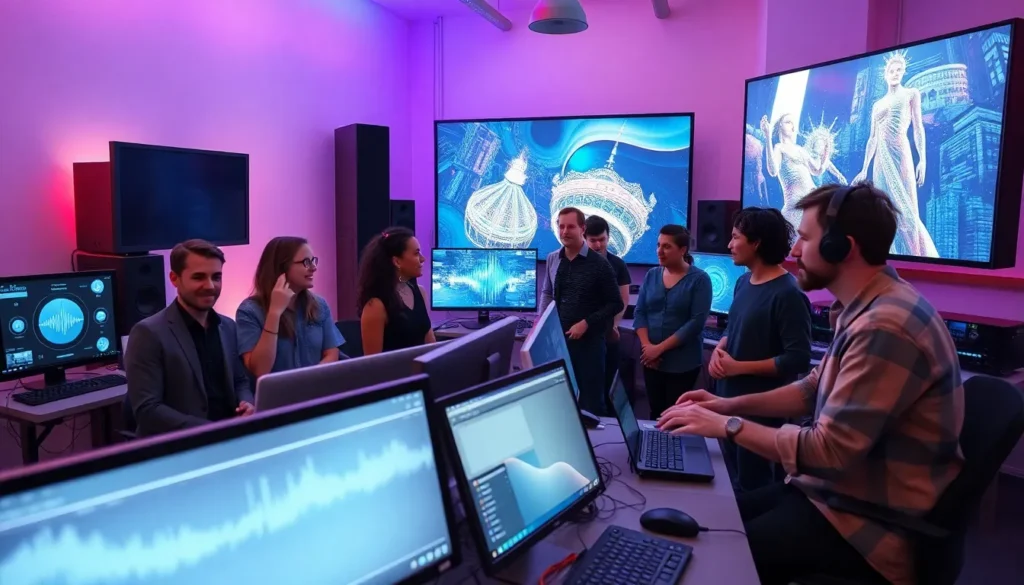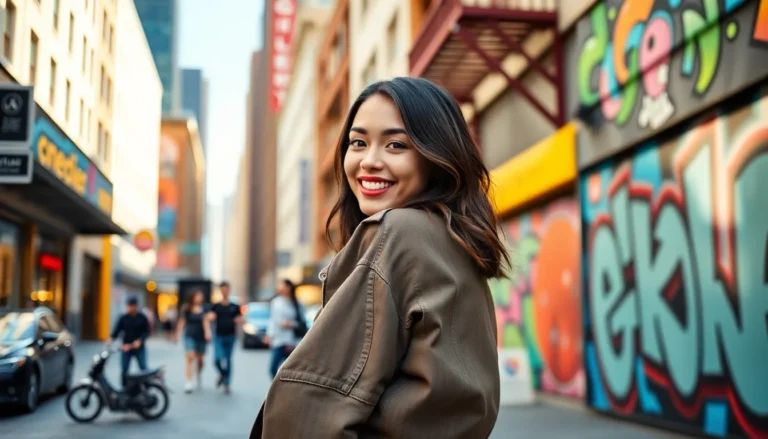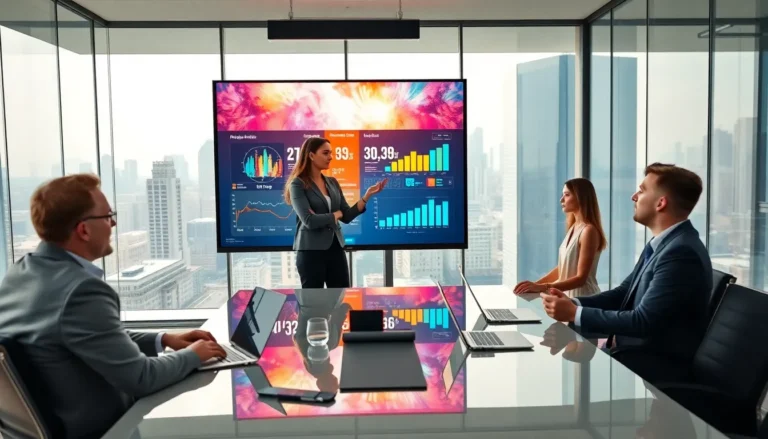Table of Contents
ToggleIn a world buzzing with innovation, the fusion of arts and technology offers a kaleidoscope of opportunities for communication and expression. Imagine a place where artists can wield audio and video technology like a magic wand, producing immersive experiences that captivate audiences. Yeah, it sounds like a sci-fi adventure, but it’s happening now. Welcome to the arena of arts audio video technology and communications. Join as we uncover how this dynamic duo is reshaping artistic landscapes, pushing boundaries, and, honestly, making art more accessible than ever.
The Role of Audio Video Technology in Arts

Innovations in Audio Technology
In recent years, audio technology has undergone a transformation reminiscent of a caterpillar turning into a butterfly. Sound artists and musicians are leveraging advanced tools and software that allow them to manipulate soundscapes in ways that were once impossible. From spatial audio that can make listeners feel like they’re in the middle of a symphony to experimental hardware designed for live performances, the innovations keep rolling in. Artists are not only creating music: they’re sculpting environments where the audience can experience sound from multiple dimensions.
Video Production Techniques for Artists
Video production is no longer confined to film studios. Aspiring filmmakers and visual artists have access to sophisticated cameras, editing software, and distribution channels that empower them to share their visions with the world. Techniques like time-lapse, slow motion, and augmented reality aren’t just reserved for big-budget productions anymore: they’re tools that every modern artist can wield. Using these techniques, artists can turn mundane moments into unforgettable narratives, ensuring that every frame tells a compelling story.
The Impact of Streaming on Arts Communication
Streaming platforms have dramatically changed how art is communicated. No longer do artists rely solely on physical galleries and local theaters to showcase their work. They can now stream their events live or release recorded performances that reach a global audience. Also, these platforms help foster dialogue among creators and audiences, bridging the gap between the two. Because of streaming, art has transcended geographical boundaries, enabling a rich exchange of ideas and styles across cultures.
Digital Platforms and Their Influence on Art Forms
Exploring Interactive Media in Arts
Interactive media is rapidly becoming a cornerstone of contemporary art. Artists now harness interactive technology to engage viewers in new and exciting ways. Imagine walking through a gallery where the artwork responds to your movements or choices. This immersion not only enhances engagement but also invites participation, allowing audiences to become co-creators. It’s art that speaks back, challenging traditional notions of passive viewing and transforming encounters into dynamic experiences.
Case Studies of Successful Digital Art Projects
Several noteworthy projects demonstrate the profound impact of digital media on the arts. For instance, the renowned artist team of teamLab is known for their stunning light installations that merge art with digital technology. By using projection mapping, they create immersive installations that transport viewers to fantastical realms where art interacts with nature. Also, the rise of virtual reality art exhibitions has allowed artists like VR sculptor Jon Rafman to capture public interest and redefine artistic boundaries. These case studies highlight how digital platforms can serve as catalysts for innovative artistic expression.
Future Trends in Arts Technology
Emerging Technologies Shaping the Future of Arts
Several emerging technologies are poised to reshape the artistic landscape even further. Technologies like augmented reality (AR) and artificial intelligence (AI) are now mainstream tools that artists are adopting. AR can layer digital art over the physical world, providing enriched experiences that evoke emotional responses. Meanwhile, AI algorithms are being used for everything from composing music to generating visual art, opening doors to novel forms of creativity. The future promises a synergy of human creativity and technological advancement that could redefine what we understand as art.
The Importance of Accessibility in Arts Technology
As technology continues to evolve, ensuring accessibility should be at the forefront of artistic endeavors. Artists and technologists alike are exploring ways to make art more accessible to people with disabilities. This could involve designing apps that allow visually impaired users to experience art through sound or using tactile feedback to make interactions more inclusive. Emphasizing accessibility enriches the creative ecosystem and ensures that art welcomes everyone.







